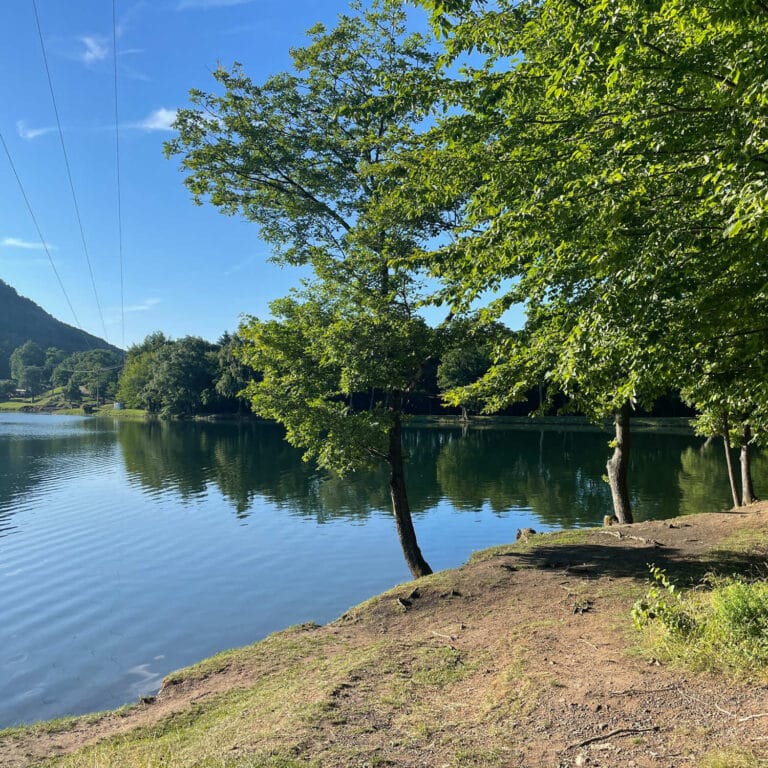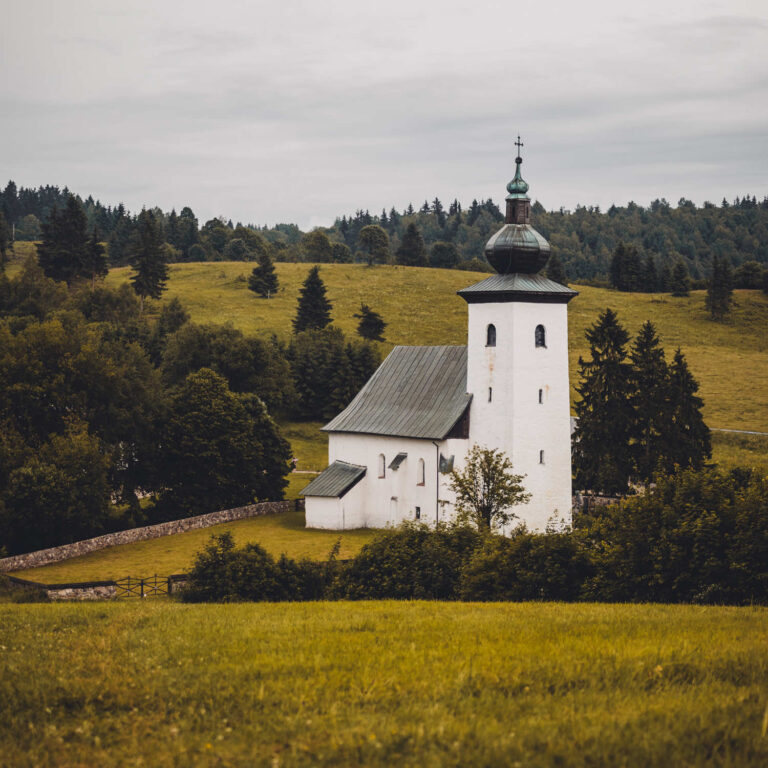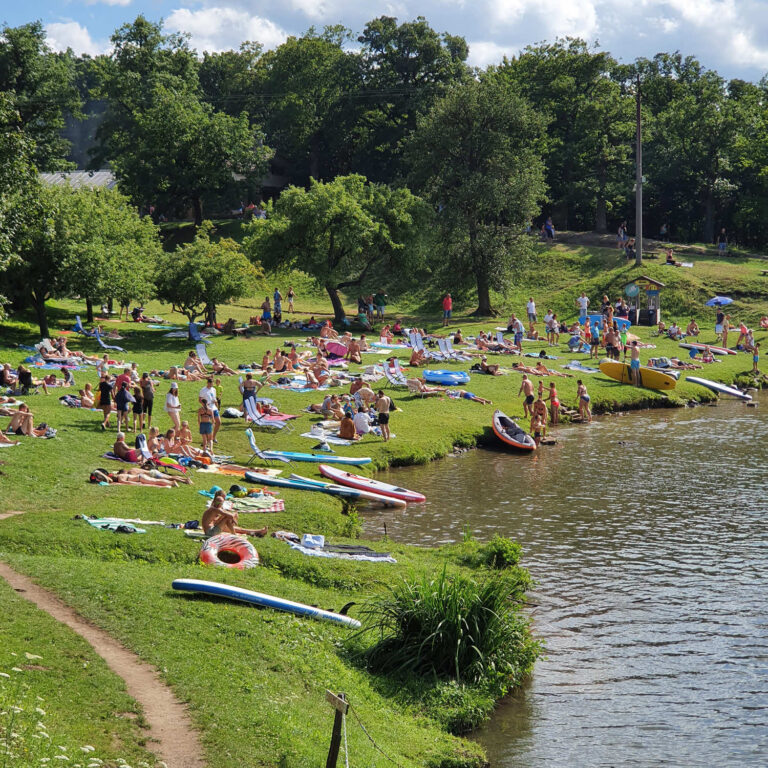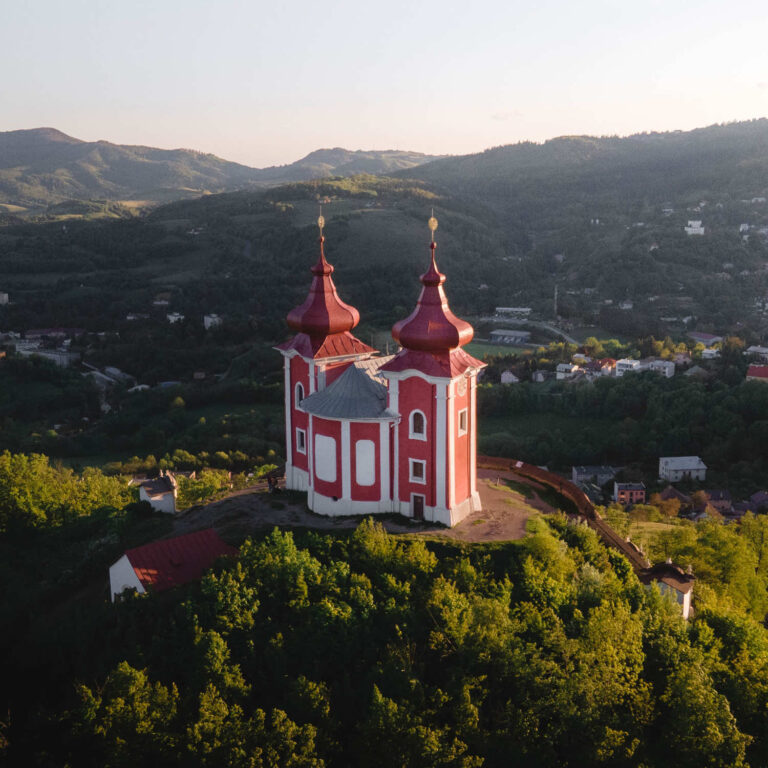



Banska Bystrica
About the City
The city of Banská Bystrica is the most important historical, cultural, and economic center in central Slovakia (Slovak Republic). It is the seat of the administration of the Banská Bystrica Region, one of the eight regions of the Slovak Republic. Banská Bystrica is situated on the river Hron in the Zvolenská Lowland, close to the Kremnické Vrchy (Kremnické Mountains), Veľká Fatra (Big Fatra) and the Nízke Tatry (Low Tatras).
Banská Bystrica is a municipal cultural reservation with a complex of objects that create a town’s castle. In the center, there is a Roman-Catholic church of Holy Mary, originally built in the Roman style in the 13th century. It was rebuilt in the 14th, 15th, and 16th centuries. After it burned up in 1761, its interior gained a late-baroque appearance. In the church, there is a precious side-altar of St. Barbora from Master Paul of Levoča, a gothic stone baptistery; a stone relief, and side-altars of Maria Magdalena from the end of the 15th century.
Historical expositions are situated in Thurzo’s house, in the house of Dominik Skutecký, and in the State Gallery. In the center of the city is the Square of the Slovak National Uprising (Námestie SNP). In the city’s surroundings, there are some other historical monuments worth seeing: a wooden church in Hronsek village, a mansion in Dolná Mičiná, a castle in Slovenská Ľupča, and unique sacral monuments in Čerín and Poníky villages. The mountain village Špania Dolina, the jewel of folk architecture, reminds us of the mining past of copper-mining Bystrica.
Additional Information

